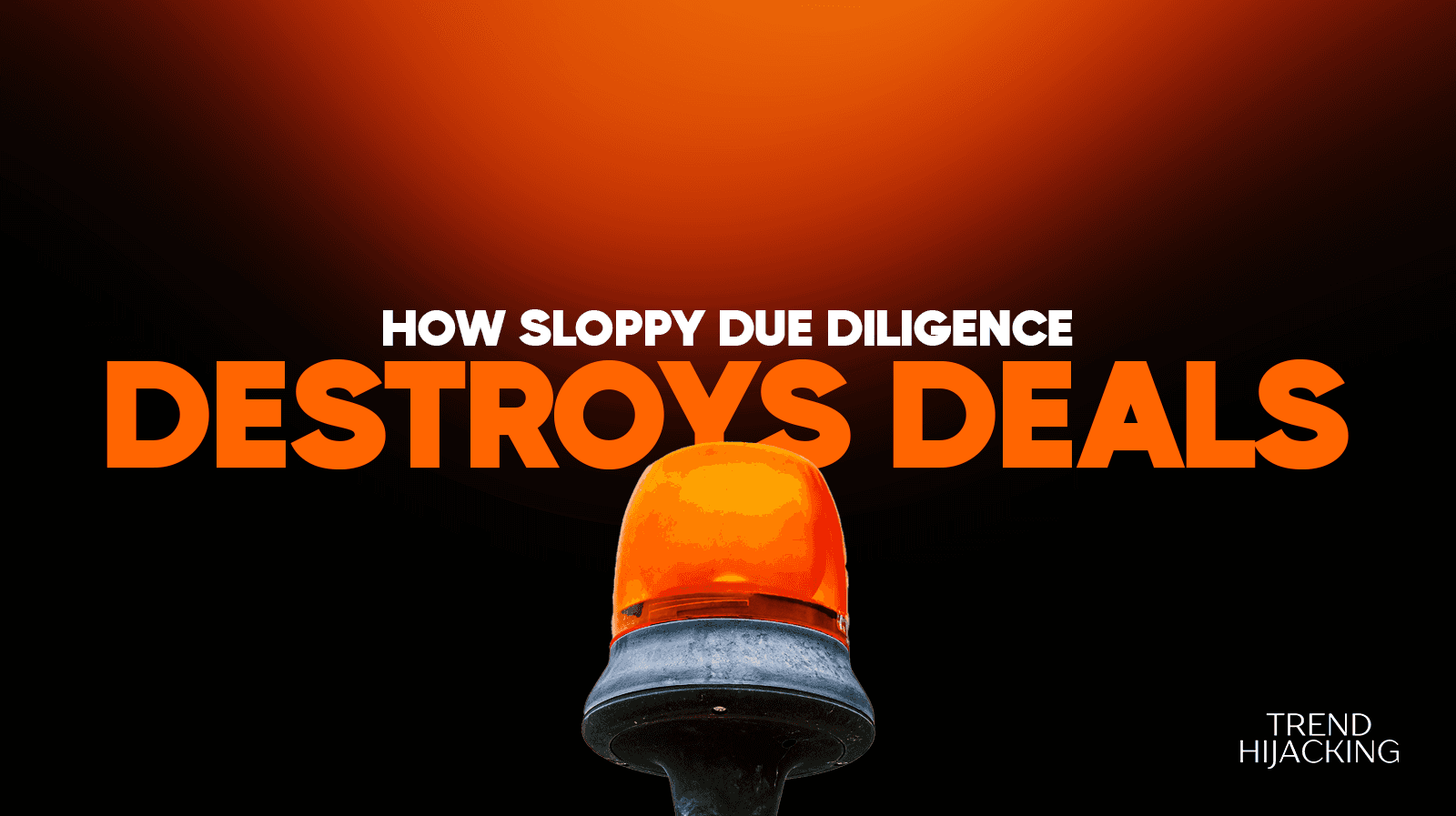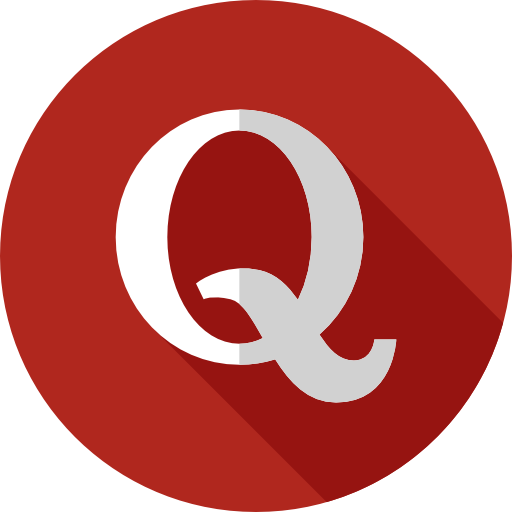What To Look For In An E-Commerce Profit & Loss Statement (PnL)- A Guide For Buyers
Understanding the Structure of a P&L Statement

A P&L statement has many parts, namely:
Revenue (Sales)
Cost of Goods Sold (COGS)
Gross Profit
Operating Expenses
Net Profit (Net Income)
Let’s briefly describe what each of these sections entails:
The statement starts with revenue, which is the money earned from sales. This part shows you how much the business brings in from customers.
The statement then lists the cost of goods sold (COGS). This tells you how much the business spends to acquire or make its products.
The statement subtracts COGS from revenue to show gross profit. This number shows you how much money remains after deducting the cost of products.
Next, the statement shows you the operating expenses. These include money spent on marketing, salaries, shipping, technology, and other daily expenses.
A complete statement then subtracts the expenses from gross profit to give you the final number—the net profit.
Net profit shows what the business earns after all costs are paid.
A positive net profit means the business earns money, while a negative net profit means the business is losing money.
We Help You Buy / Build, Manage and Scale E-commerce Brands for an EXIT
E-commerce Simplified for Busy Individuals – We handle the buying, building, and scaling, so you can focus on what matters.
Growth-Focused Strategies – From sourcing to marketing, we drive growth and prepare you for a profitable exit.
Expertly Managed Exits – We build a high-value brand designed for a Lucrative exit.
Read the Revenue Section First

As we’ve just mentioned above, the revenue section is the first part of a P&L statement and deserves careful attention.
It shows you how much money a business earns from its sales.
Here, you want to check if revenue grows from month to month or year to year.
A steady rise in revenue tells you that the business may be attracting more customers. A drop in revenue warns you that there may be a problem with sales.
This section also tells you if revenue is coming from one product or many different products.
A business that makes most of its money from a single product could be at risk (i.e., if the product loses popularity, then the business will likely lose its income).
When you read the revenue section, you should also look for trends. Compare revenue from the past months to current revenue. The trends will help you determine if the business is growing.
You should also check if the revenue falls during some periods. Some stores—seasonal e-commerce stores—tend to register high volumes of sales during holidays but have fewer sales during other times.
Knowing this helps you understand the business cycles.
Next, Review the Cost of Goods Sold

The cost of goods sold section of the e-commerce income statement shows you the cost of making or buying the items the online store is selling.
These costs include:
Cost of materials
Cost of production
Products purchase price
When you subtract COGS from revenue, you get the gross profit. A high cost of goods sold may lower the gross profit.
Likewise, a low cost of goods sold may help the business keep more money from the sales it makes.
The COGS gives you a clear picture of pricing. That is, if the cost rises, then the business must raise prices or lower expenses in other areas to stay profitable.
The link between revenue and COGS is important. A low gross profit margin may indicate that you need cost control.
If you notice that COGS take a large share of revenue, ask if the business can lower these costs.
You may also ask if the business can improve its production or sourcing methods.
Track The Operating Expenses

Operating expenses form a large part of a complete P&L statement for any e-commerce business.
Needless to say, these expenses are key to helping the business run smoothly.
Typical expenses include wages, advertising, web hosting, and shipping costs.
When reviewing these expenses, we advise you to check if they are in balance with the revenue: If the operating costs rise too fast, profit may fall.
The marketing cost is part of the operating expenses. And many e-commerce businesses spend a lot on ads.
As such, we suggest checking if the money spent on advertising brings enough income.
The P&L statement may separate these costs into different parts, such as online advertising and software fees.
When you study these numbers, you’ll get a clear picture of whether the business spends money well.
Other operating expenses to consider include wages and shipping fees. Here, you must check if these expenses are kept at a level that supports profit growth.
Overall, the expense of an e-commerce company should help drive the business forward. If the expenses grow faster than revenue, the profit will definitely fall.
A steady ratio between revenue and expenses tells you a clear story about management.
Evaluate The Net Profit

Net profit is the last number on the P&L statement and indicates what the business earns after all costs are paid.
Evaluating the net profit will help you decide if the business makes money.
Ideally, you want the business to have a consistent net profit, as this signals a healthy business.
If the business has high revenue but a low net profit, the costs may be too high. A low net profit warns that the business may have problems with its cost structure.
When checking the net profit, you’d want to calculate the net profit margin by simply dividing the net profit by revenue.
This calculation gives you the share of each sales dollar that the business earns as profit. A higher net profit margin translates to efficient cost control.
Even if revenue seems to be on an upward growth, a shrinking net profit margin is a warning that the business costs may be too high.
We Help You Buy / Build, Manage and Scale E-commerce Brands for an EXIT
E-commerce Simplified for Busy Individuals – We handle the buying, building, and scaling, so you can focus on what matters.
Growth-Focused Strategies – From sourcing to marketing, we drive growth and prepare you for a profitable exit.
Expertly Managed Exits – We build a high-value brand designed for a Lucrative exit.
Check for Consistency and Trends

An important part of reading a P&L statement is to look for consistency.
How? You simply compare the numbers over time…
Look at past statements and see if the revenue, COGS, operating expenses, and net profit follow clear patterns.
Consistent growth indicates a stable business. Irregular trends indicate that the business may suffer from weak cost control or market changes.
Some businesses may show seasonal patterns. The P&L statement may show high revenue during festive seasons and low revenue at other times. Such patterns are normal for season-based e-commerce stores.
You must note these trends and see if expenses also follow seasonal changes.
If the expenses do not match the revenue cycle, it may hurt the net profit.
When trends differ from each other, you must ask for more details and check the calculations.
The Role of Owner Compensation

In many cases, the owner takes money from the business. These amounts show up as salary or other withdrawals.
You must check for owner compensation. High owner compensation may lower the net profit. Low compensation may leave a business looking better than it is.
Ask how the owners pay themselves, and use this figure to get a better view of the true profit of the business.
Owner compensation often hides behind other costs. Some owners pay themselves secretly in other areas.
When you study a P&L statement, ask for full details of owner payments.
This transparency will help you clearly understand the costs. You will see if the owner's compensation lowers the apparent profit.
Final Checks and Trend Analysis

As you have seen from our discussions above, a complete P&L statement review should involve each section and seeing how they work together.
You should check:
Look at the trend in revenue, cost of goods sold, and operating expenses.
Calculate the gross profit margin and the net profit margin.
See if these margins hold steady or change over time. A strong business will show steady numbers.
Sometimes, a business shows one-time costs that appear on the statement during a particular month. These costs may show an unusual drop in profit.
In such cases, ask the seller if the cost will recur. A one-time cost should not change the pattern of the monthly numbers.
You need to separate temporary events from ongoing expenses.
Trend analysis is undoubtedly one of the best ways to analyze a P&L statement. It gives you a view of the business over time.
You must check if the numbers follow a pattern that makes sense.
When you compare monthly or yearly trends, you see if the business stays strong. Trends help you plan and even predict future performance.
Frequently Asked Questions:

What is the P&L of e-commerce?
An e-commerce P&L (Profit and Loss) statement summarizes revenues, costs, and expenses of an e-commerce business over a specific period, showing the business's profitability.
What is PL in e-commerce?
PL stands for Profit and Loss. In e-commerce, it refers to the financial statement that outlines income, expenses, and net profit or loss. of an e-commerce store.
What is a good gross profit margin for e-commerce?
A good gross profit margin for e-commerce typically ranges between 30% and 50%, depending on the business model and industry
How do you calculate e-commerce profit?
Calculate e-commerce profit by subtracting the cost of goods sold and all operating expenses from total revenue.
Conclusion
An e-commerce P&L statement gives you the financial story of the e-commerce business you plan to buy. The clear structure of the statement makes it easy to follow the flow of money. Reading each section gives you a picture of how the business runs. By checking each number and trend, you know if the business is ready for growth. This knowledge helps you make smart choices, whether you own the business or are thinking about buying one.
If you're considering buying an e-commerce business, our acquisition service is here to support you every step of the way. We thoroughly analyze the P&L statement to ensure the business you want to acquire is financially sound. Our team conducts detailed due diligence and handles negotiations on your behalf. After the purchase, we assist you in scaling the store, aiming to increase its value up to 10x so you can maximize your profit when you're ready to sell. Click this link to learn more about how our program works.
A Done-For-You E-commerce Business
Discover how we Build, Launch, and Scale a 6-figure/month Business for You
Learn more
The 6-Step Blueprint to E-Commerce Acquisition
See how we Acquire, Convert, and Scale with Real Case Studies to Prove It.
















